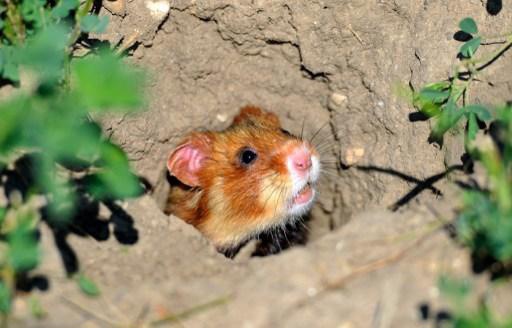Wild hamsters in Flanders are threatened with extinction, the Flemish environmental protection organisation Natuurpunt warns.
The non-profit organisation notes, however, that while a species protection programme run from 2015 to 2021 brought no relief to the animals, foreign examples show that the negative trend can still be reversed.
Hamsters from a breeding programme were introduced for several years into the existing, greatly reduced population in Widooie (Tongeren), the last place in Belgium where wild hamsters still exist.
The 52 hamsters were monitored for three consecutive years in terms of survival and reproductive success. The results showed significantly lower survival rates for male hamsters than has been reported in the scientific literature.
However, foreign research shows that the hamster can still be saved.
Essential elements include a sufficiently large, contiguous and sustainable habitat. Within the hamster’s habitat, there must also be enough varied and energy-rich food.
Research in Austria shows that supplementing female hamsters' food with sunflower seeds shortly before winter can bring forward the reproductive season. That timing is crucial because if hamsters leave the burrow earlier in the year and start reproduction, that leads to more litters and more young.
The research conducted showed this to be a successful strategy: female hamsters fed on supplemented diets effectively had more litters and also more young per litter than their non-supplemented counterparts.
Hamsters also benefit from being able to reuse their burrows. They have to expend much less energy when they can use existing burrows as opposed to having to dig a completely new one each time.
And that is precisely a problem in Flanders: after the harvest, many fields, including hamster burrows, are ploughed up.
Natuurpunt calls for strong, decisive measures to be included in a future species protection programme to establish and maintain a sustainable hamster population in Flanders.

